Recycling is the process of collecting and processing used materials, that would be thrown away, to turn them into new products.
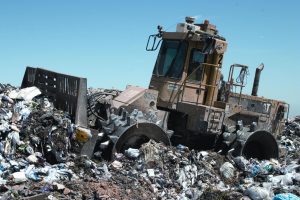
image source: https://en.wikipedia.org/wiki/Waste_management#/media/File:Landfill_compactor.jpg
Introduction of recycling
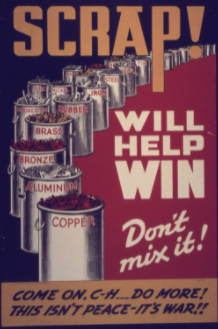
Image source: https://en.wikipedia.org/wiki/Recycling#/media/File:Scrap^_Will_Help_Win._Don’t_Mix_it_-_NARA_-_533983.jpg
Although recycling may seem like a modern concept introduced with the environmental movements of the 1970s, it’s actually been around for thousands of years. But, after the industrial age, a large-scale recycling plan was needed to minimize the effects of disposable objects’ mass production on the environment.
WHY?
Recycling is an important factor in conserving natural resources and greatly contributes towards improving the environment. Recycling also offers a sustainable solution to regular waste streams by lowering our input into municipal landfills and helping extend the expected life of a landfill by decades, drastically lowering our environmental impact. Product development from recycled materials is also the key to maximize the benefits of recycling. This leads to a number of economic opportunities to remanufacture products with the recovered material.
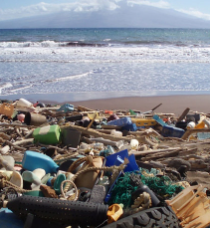
image source: https://search.creativecommons.org/photos/e6426545-5de2-4f4c-a6e5-91ad04e2b2f1 by NOAA’s National Ocean Service
HOW?
Recycling is broken down into three steps as follows:
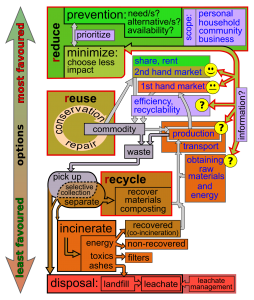
- Collecting and processing can be accomplished in several ways: some communities have curbside programs to pick up your recyclables on the street. Others have community drop off bins that you can stop by and deliver your recycling;
- Once its recyclate quality is established, the recyclable material will be sorted, cleaned, baled and sent to a plant to be converted to a marketable raw material;
- Products are made with recycled raw material, returned to the market and purchased by consumers, finishing the recycling loop.
image source: https://en.wikipedia.org/wiki/Waste_management#/media/File:Waste_hierarchy_rect-en.svg
most common recycled materials
- Glass
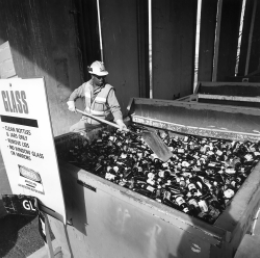
image source: https://search.creativecommons.org/photos/d951f950-5ba1-4f31-9161-5bdc423b8335 by Seattle Municipal Archives
- Plastic

image source: https://search.creativecommons.org/photos/3e92afe6-0429-4a01-b348-7583def21483 by Wonderlane
- Paper
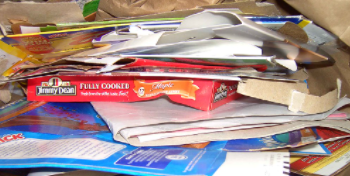
image source: https://search.creativecommons.org/photos/04cc7e6d-4e5f-4ac1-93f8-d6fa144de8f6 by tengrrl
- Textiles
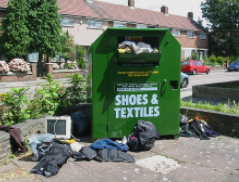
image source: https://search.creativecommons.org/photos/5ec35d3f-5e98-4ead-8da1-91b9c6ed8ee8 by Alan Stanton
- Metal

image source: https://search.creativecommons.org/photos/256012ec-c2d9-496c-8bdc-b83e83e24822 by charles cars
- Organics
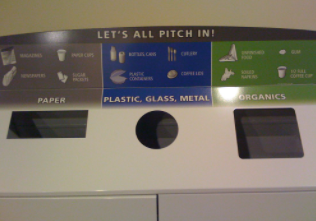
image source:https://search.creativecommons.org/photos/158ef388-37c8-4a93-a1d7-46519248b487 by Sweet One
info source: https://en.wikipedia.org/wiki/Recycling#Quality_of_recyclate
